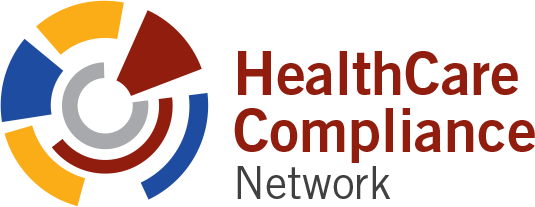The proposed rule includes a single payment for new and established patient office visits, elimination of the history and physical examination documentation requirements, and heightened emphasis on the medical decision-making (MDM) and time elements.
(https://www.federalregister.gov/documents/2018/07/27/2018-14985/medicare-program-revisions-to-payment-policies-under-the-physician-fee-schedule-and-other-revisions),
At this time, the changes would apply only to evaluation and management services performed in the office/outpatient setting, although providers seeing patients in other service locations (e.g. inpatient hospital, nursing facility, emergency department) may elect to utilize MDM and time as the controlling basis for E/M level selection.
The proposed changes to the E&M payment amounts
|
|
As part of the effort to further reduce documentation burden on providers, the proposal includes a provision to eliminate the need to include certain types of information that has been previously recorded. Practitioners would only be required to focus their documentation on what changed since the last visit, or on pertinent items that have not changed, rather than re-documenting a defined list of required elements such as review of a specified number of review of systems (ROS) and family/social history. Since medical decision-making is contingent upon review of accurate and timely health information, the CPT code descriptors for E/M services will continue to include the elements of history and exam. However, there is no need to re-record items if there is evidence that the practitioner reviewed and updated the recent remake.
Any practitioner may elect to continue documenting using the 1995 or 1997 guidelines, however, they will still receive the single payment amount for office visits. The guidelines for MDM will likely reflect current grading methodologies. Time will continue to be a relevant factor when encounters are dominated by counseling or care coordination, although, CMS is considering adaptation of CPT standards to allow ‘rounding’ of time to the next highest level.
Other highlights from the proposed rule include the following:
- Practitioners from the same group and specialty will be able to bill for multiple E/M visits on the same day if medically necessary and clinical circumstances warrant additional encounters.
- Practitioners would no longer be required to personally document the patient history, as long as they attest to having reviewed the information recorded by ancillary staff.
- Office visits provided in tandem with a procedure having a global period of 0 days would be paid at a 50 percent discount.
- A G code will be established for any primary care practitioners to be used together with established patient E&M visits to add additional RVUs under certain circumstances. This will reflect additional resources related to the cognitive work of primary care physicians, and those specialists who provide primary care services.
- A separate G code will be established for use for E&M office visits by specialists in the following specialties: endocrinology, rheumatology, hematology/oncology, urology, neurology, obstetrics/gynecology, allergy/immunology, otolaryngology, cardiology, and interventional pain management. This will add additional RVUs to the E&M visit, taking into account the complexity of the issues facing Medicare patients cared for by these specialties.
- A new prolonged services G code will be established for care exceeding 30 minutes beyond the typical time for the base code.
- Home visits will no longer require an attestation as to why the visit is required at home instead of the office or other setting.
CMS is proposing to adopt these changes on January 1, 2019 but soliciting comments on delaying implementation for a year until January 1, 2020. Your comments can be submitted through www.federalregister.gov or https://www.regulations.gov/

